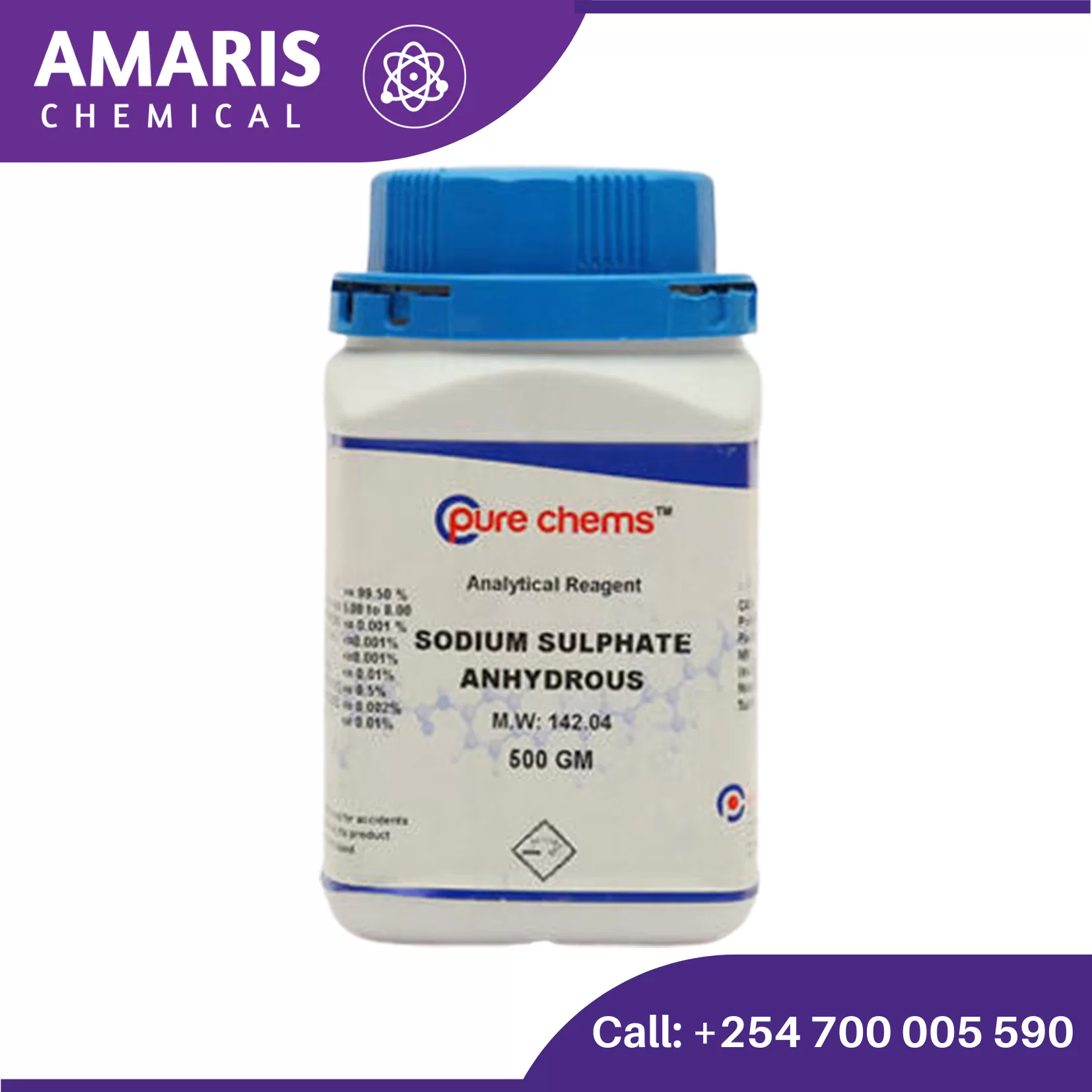
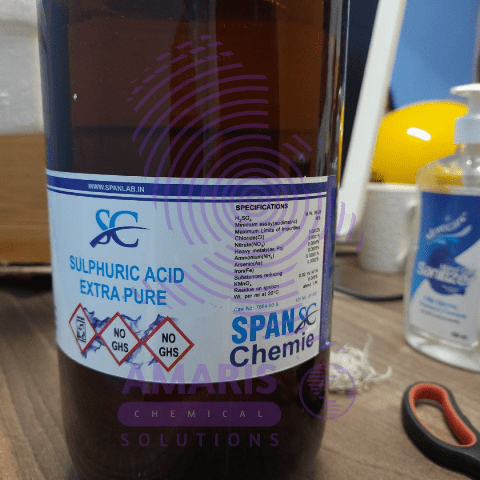
Sudan 3 Solution 2.5 liters
$750.00 Original price was: $750.00.$600.00Current price is: $600.00.
Chemical Name: 1-(2,5-Dimethyl-4-phenylazo)-2-naphthol
Molecular Formula: C22H16N2O
Appearance: Red to brownish-red powder
Solubility: Soluble in ethanol, benzene, and oils; slightly soluble in water
Preparation of Sudan III Solution:
- Stock Solution: Typically, a stock solution is prepared by dissolving 0.5g of Sudan III in 100ml of 70% ethanol.
- Working Solution: For staining, the stock solution can be diluted with ethanol or isopropanol to the desired concentration. A common working concentration is 0.5% Sudan III in ethanol or isopropanol.
Uses of Sudan 3 Solution:
- Histology:
- Lipid Staining in Tissue Sections: Sudan III stains lipids in tissue sections, especially in frozen sections, which helps in identifying and visualizing lipid droplets within cells and tissues. This is useful for diagnosing conditions like fatty liver disease and lipid storage disorders.
- Cytology:
- Cell Smears: It stains lipids in cell smears, aiding in examining cells for lipid content. This is important in diagnosing metabolic conditions or infections involving lipid accumulation.
- Forensic Pathology:
- Detection of Fat Emboli: Sudan III is used to detect fat emboli in tissues, which can be crucial in cases of trauma, decompression sickness, or other conditions where fat emboli may be present.
- Plant Biology:
- Analysis of Seed Lipids: In plant biology, Sudan III stains lipids in seeds and other plant tissues, helping in the study of lipid storage and metabolism in plants.
- Microbiology:
- Staining of Bacterial Lipids: Sudan III can stain certain types of bacteria that contain lipid-rich cell walls, aiding in their identification and characterization.
- Clinical Diagnostics:
- Identifying Lipid-Rich Deposits: It is used in clinical settings to identify lipid-rich deposits in various tissues, indicative of diseases such as atherosclerosis or lipid storage diseases.
- Veterinary Medicine:
- Lipid Analysis in Animal Tissues: Sudan III can be used to analyze lipid content in animal tissues, assisting in diagnosing lipid-related conditions in veterinary practice.


MAECENAS IACULIS
Vestibulum curae torquent diam diam commodo parturient penatibus nunc dui adipiscing convallis bulum parturient suspendisse parturient a.Parturient in parturient scelerisque nibh lectus quam a natoque adipiscing a vestibulum hendrerit et pharetra fames nunc natoque dui.
ADIPISCING CONVALLIS BULUM
- Vestibulum penatibus nunc dui adipiscing convallis bulum parturient suspendisse.
- Abitur parturient praesent lectus quam a natoque adipiscing a vestibulum hendre.
- Diam parturient dictumst parturient scelerisque nibh lectus.
Scelerisque adipiscing bibendum sem vestibulum et in a a a purus lectus faucibus lobortis tincidunt purus lectus nisl class eros.Condimentum a et ullamcorper dictumst mus et tristique elementum nam inceptos hac parturient scelerisque vestibulum amet elit ut volutpat.
Related products
2 Propanol 2.5 litres (IPA)
Acetaldehyde
- Chemical Structure: Acetaldehyde consists of two carbon atoms, one oxygen atom, and four hydrogen atoms. Its structure is CH3CHO, where the carbon atom in the middle is doubly bonded to an oxygen atom and singly bonded to a hydrogen atom and a methyl group (CH3).
- Occurrence: Acetaldehyde can be found naturally in various ripe fruits, coffee, and heated milk. It is also produced by the oxidation of ethanol (alcohol) by enzymes in the liver and other tissues in humans, making it an intermediate product in alcohol metabolism.
Acetic Acid 2.5litre
Aceto Carmine 100 ml
Properties
- Color: Red to purplish-red.
- Solubility: Soluble in water and ethanol.
- Staining Characteristics: Stains chromatin and cytoplasmic components, providing contrast for better visualization under a microscope.
Preparation
- Ingredients:
- Carmine dye: A natural red dye extracted from the cochineal insect.
- Acetic acid: A colorless liquid organic compound with a pungent smell.
- Procedure:
- Dissolve a specific amount of carmine powder in hot distilled water.
- Add glacial acetic acid to the solution.
- Filter the mixture to remove any undissolved particles.










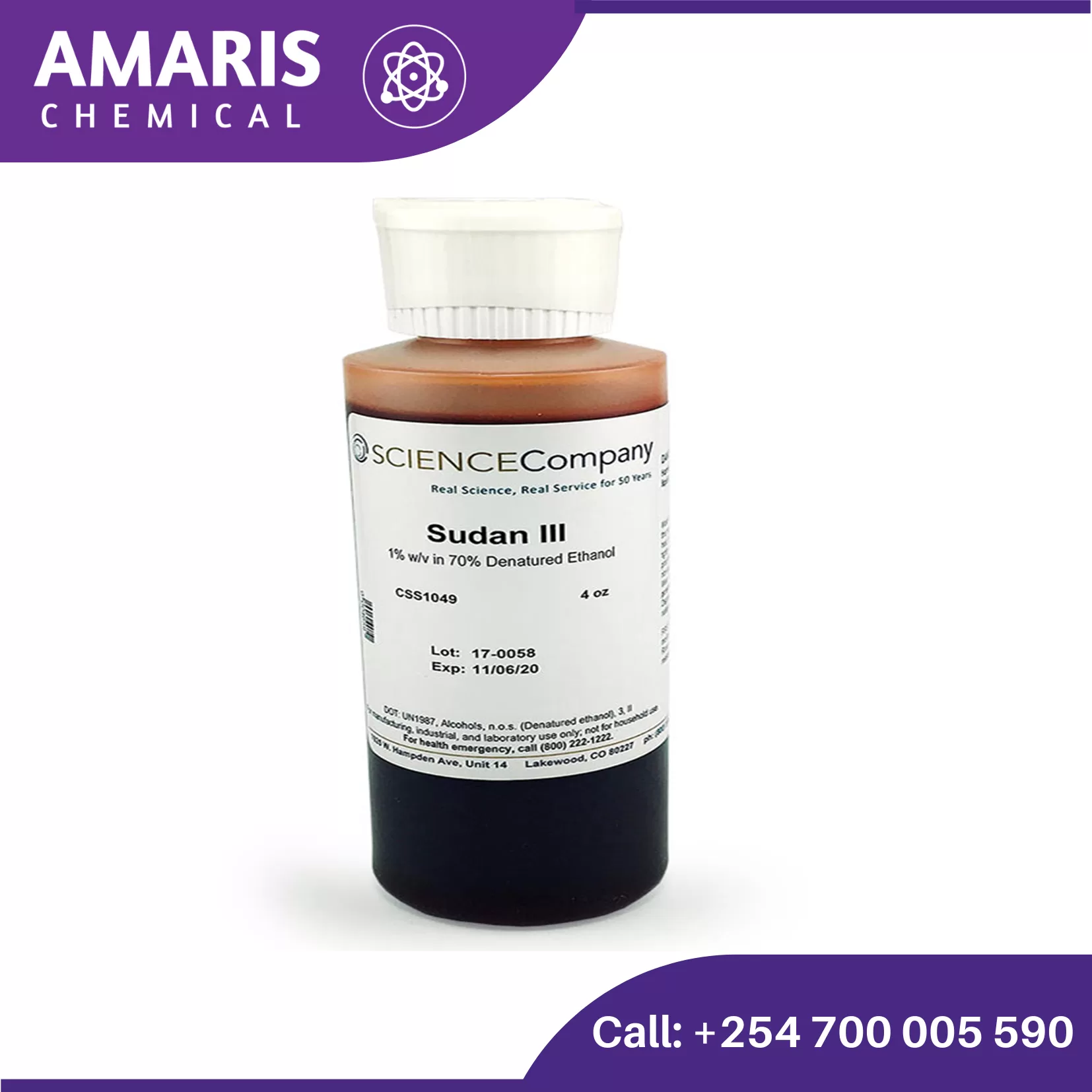
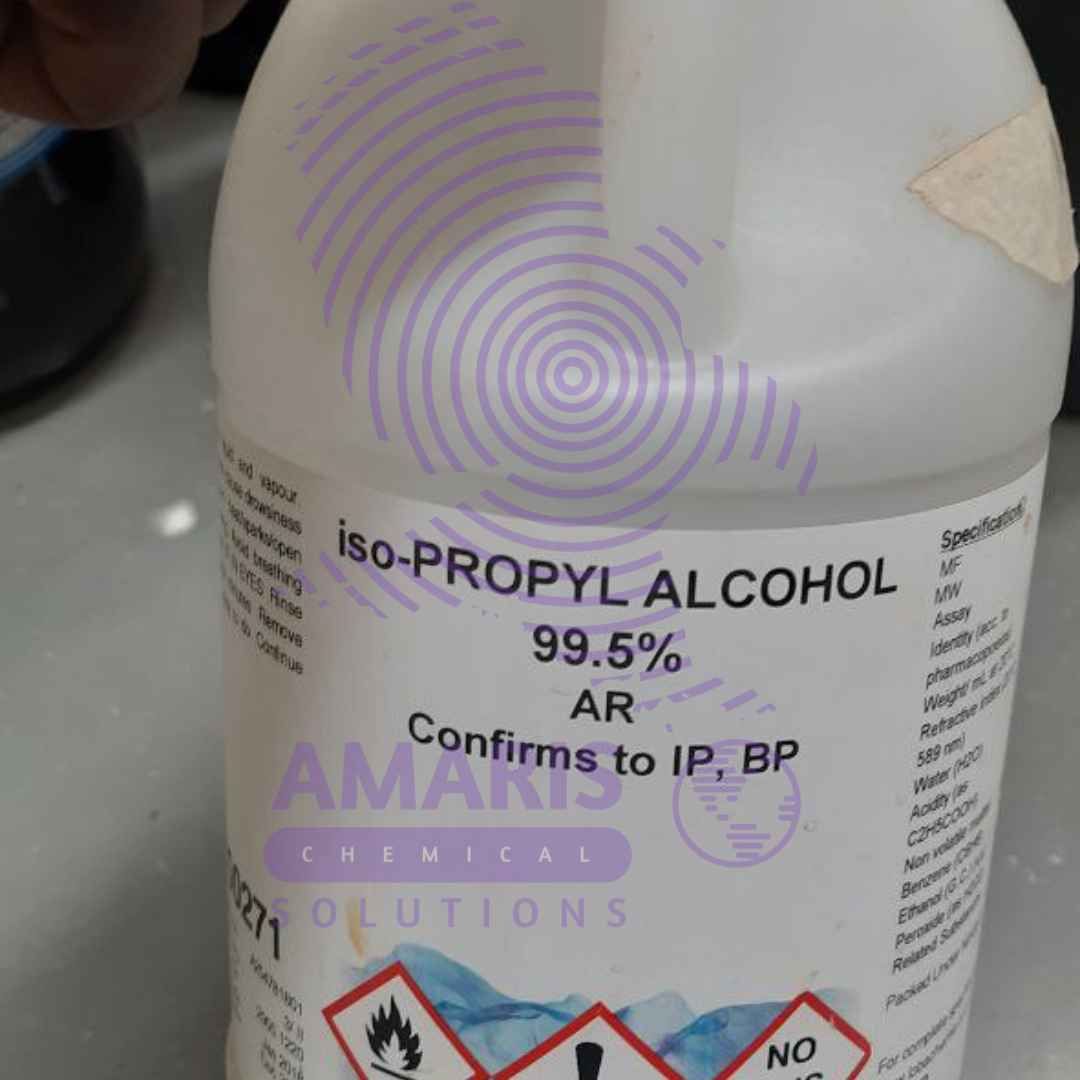
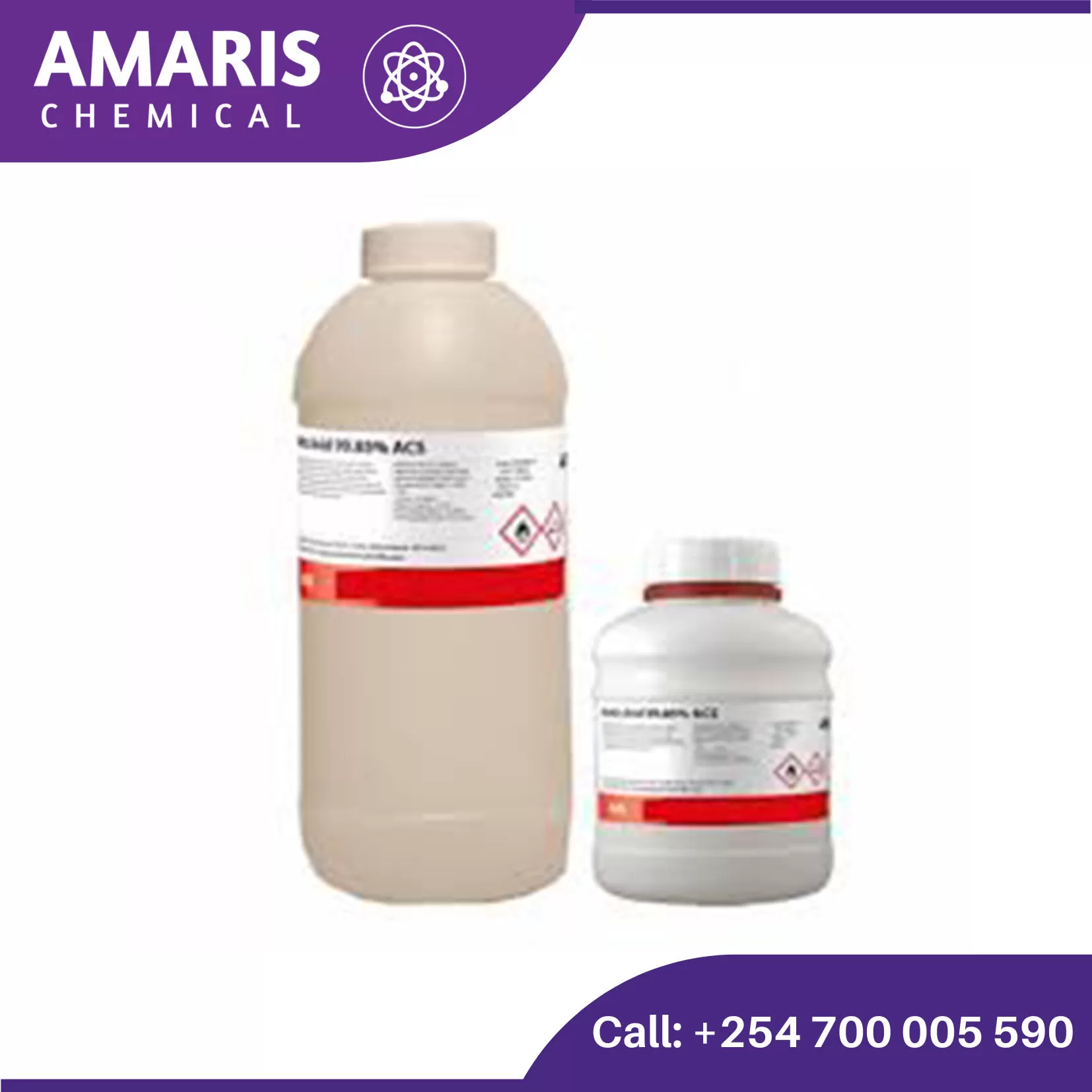
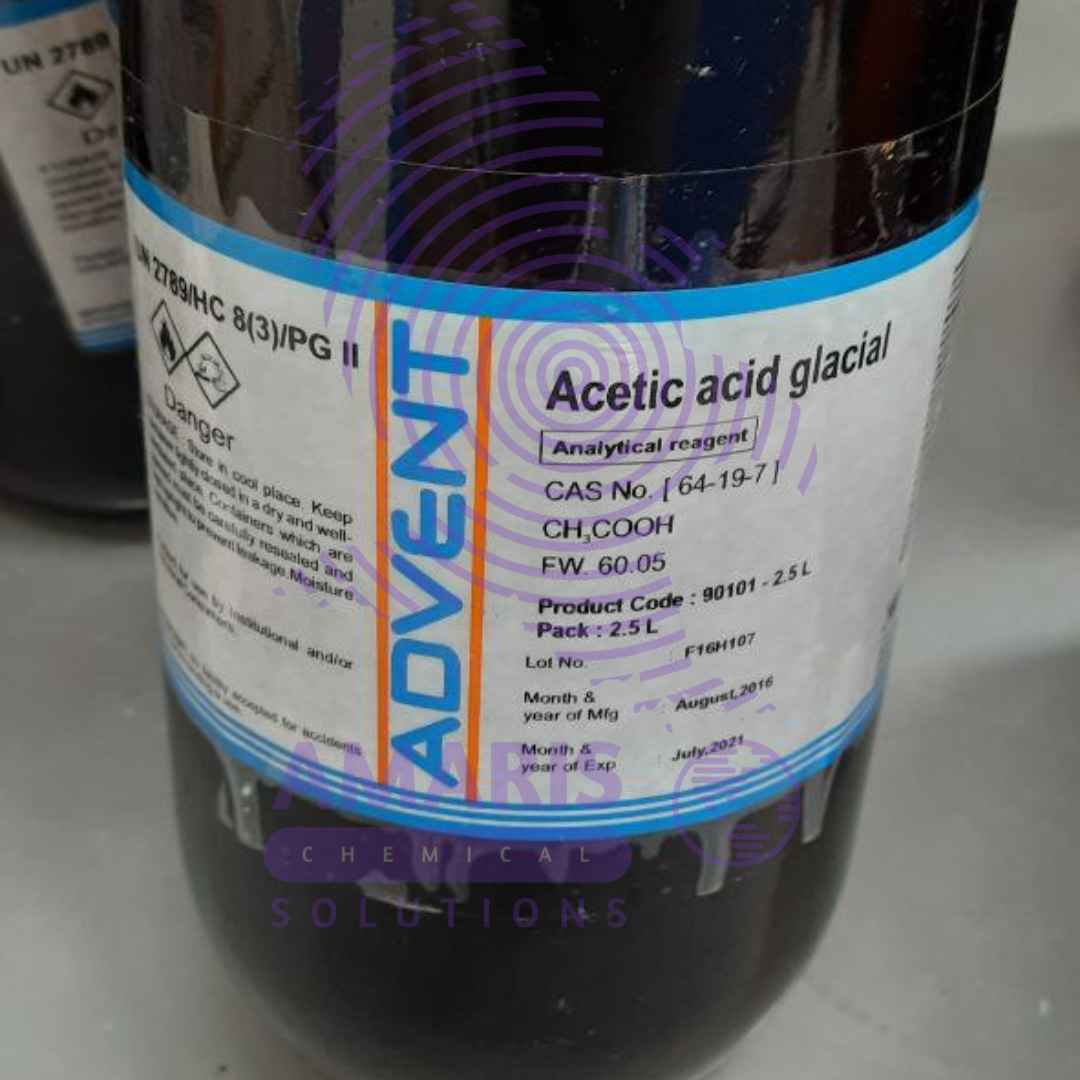
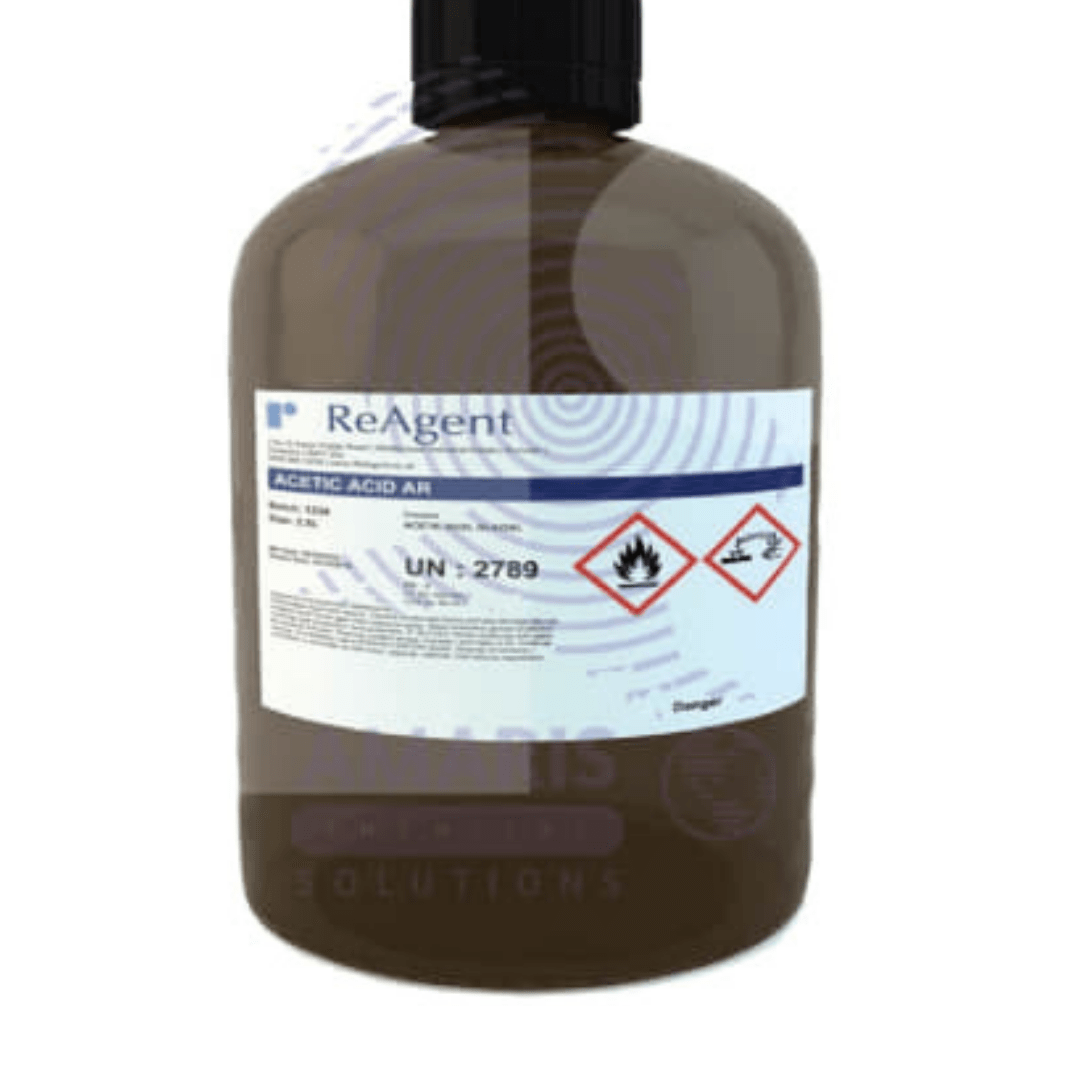
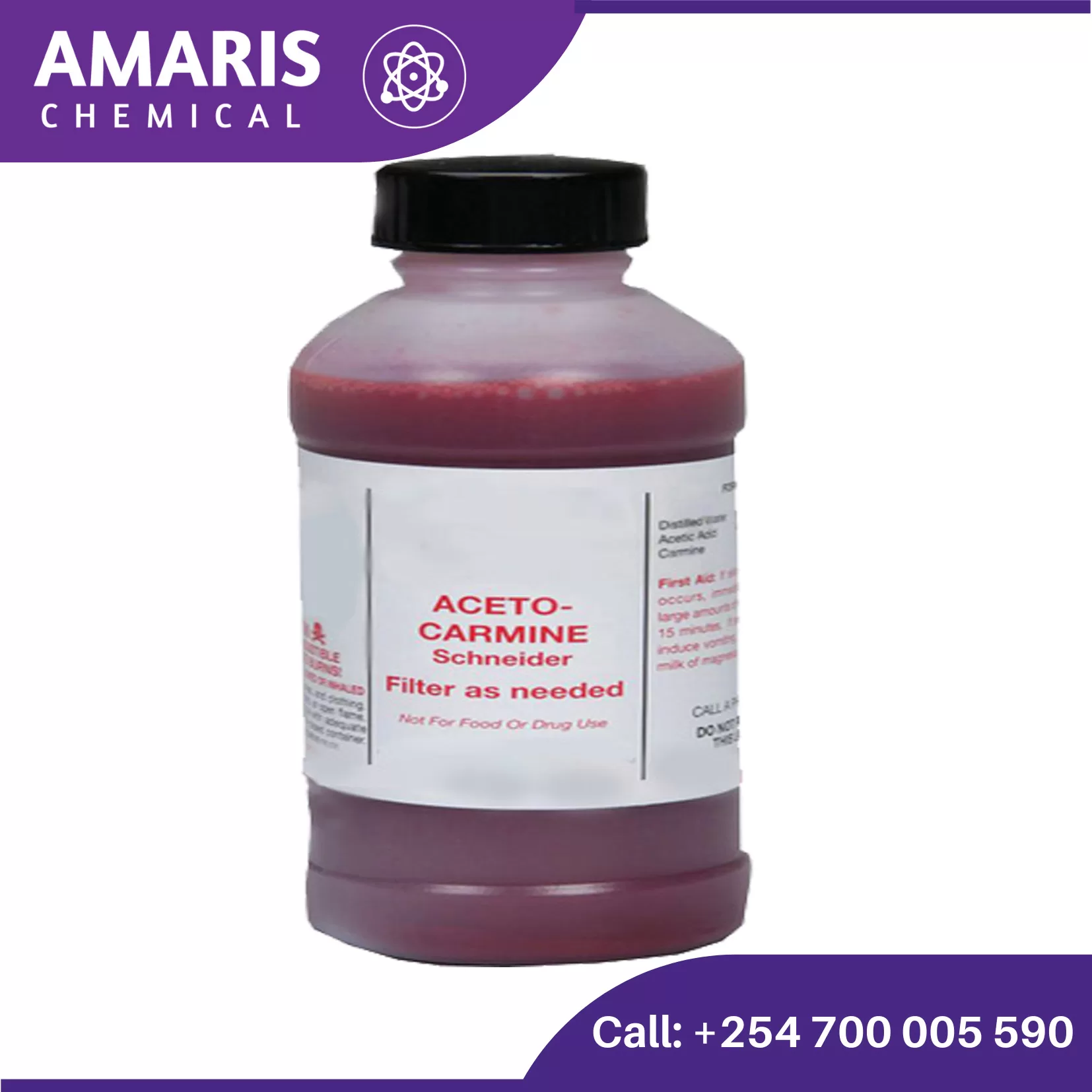
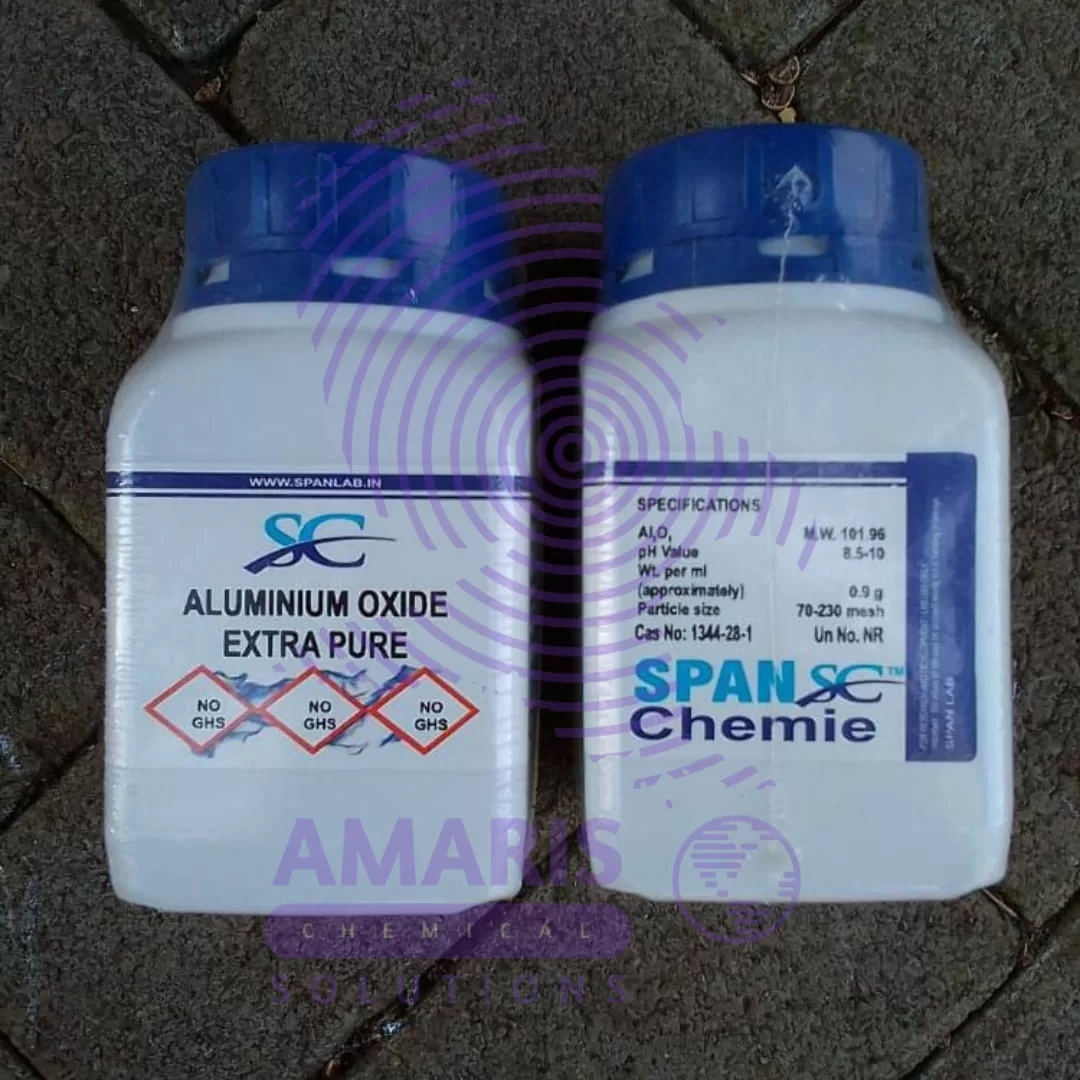
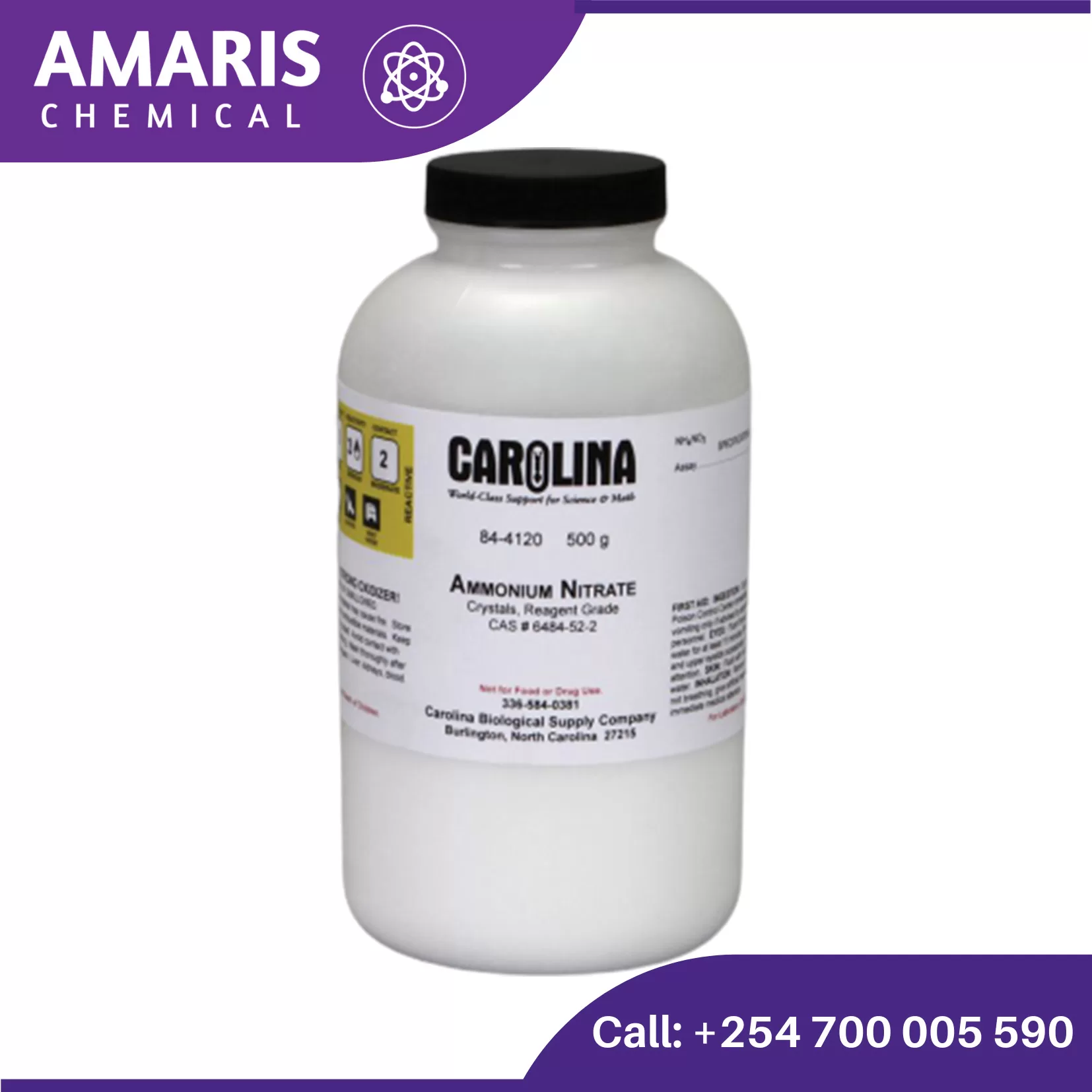
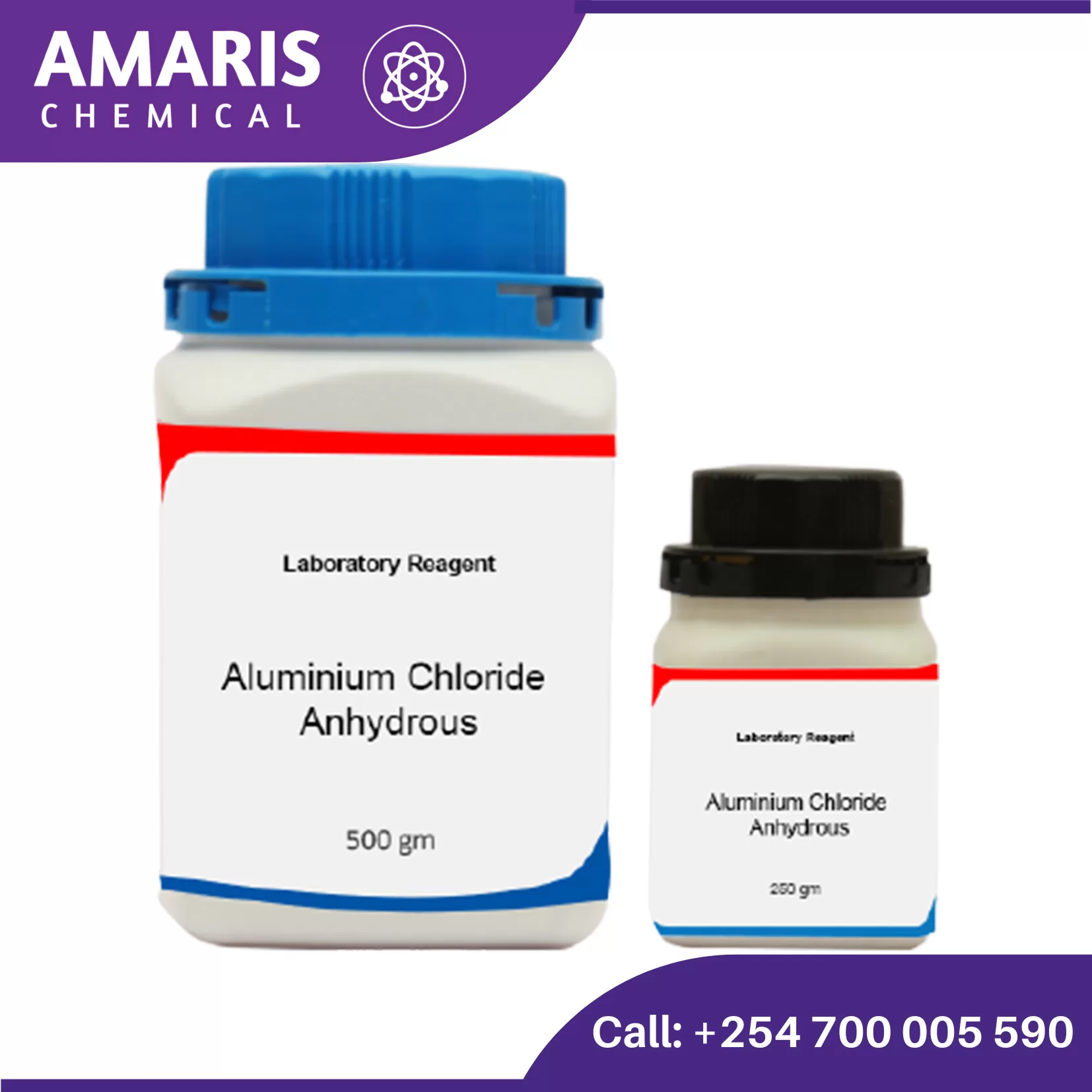
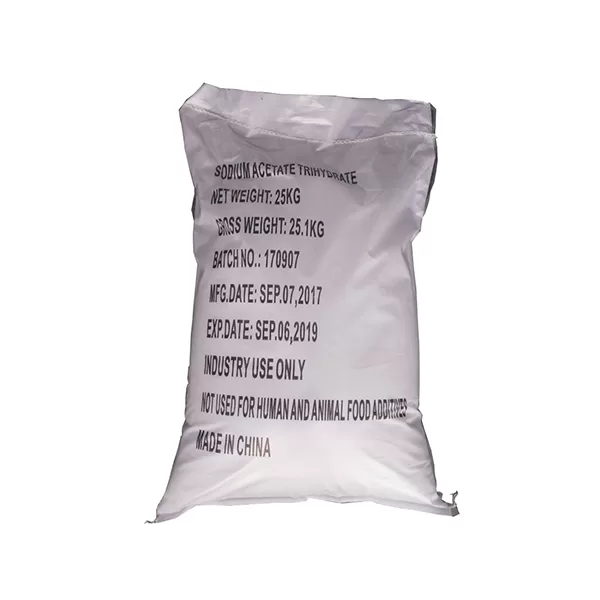
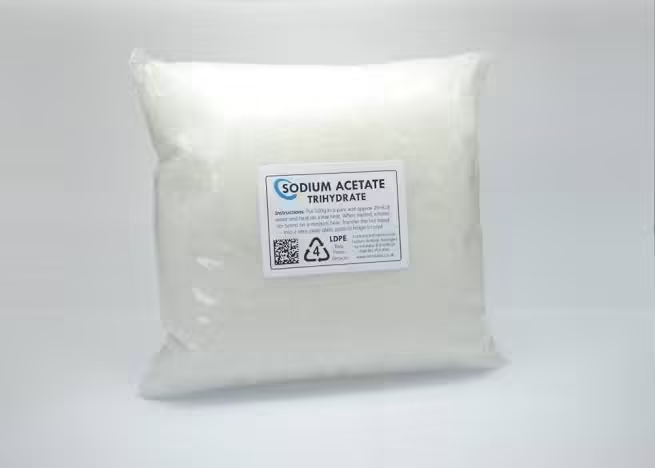









Reviews
There are no reviews yet.